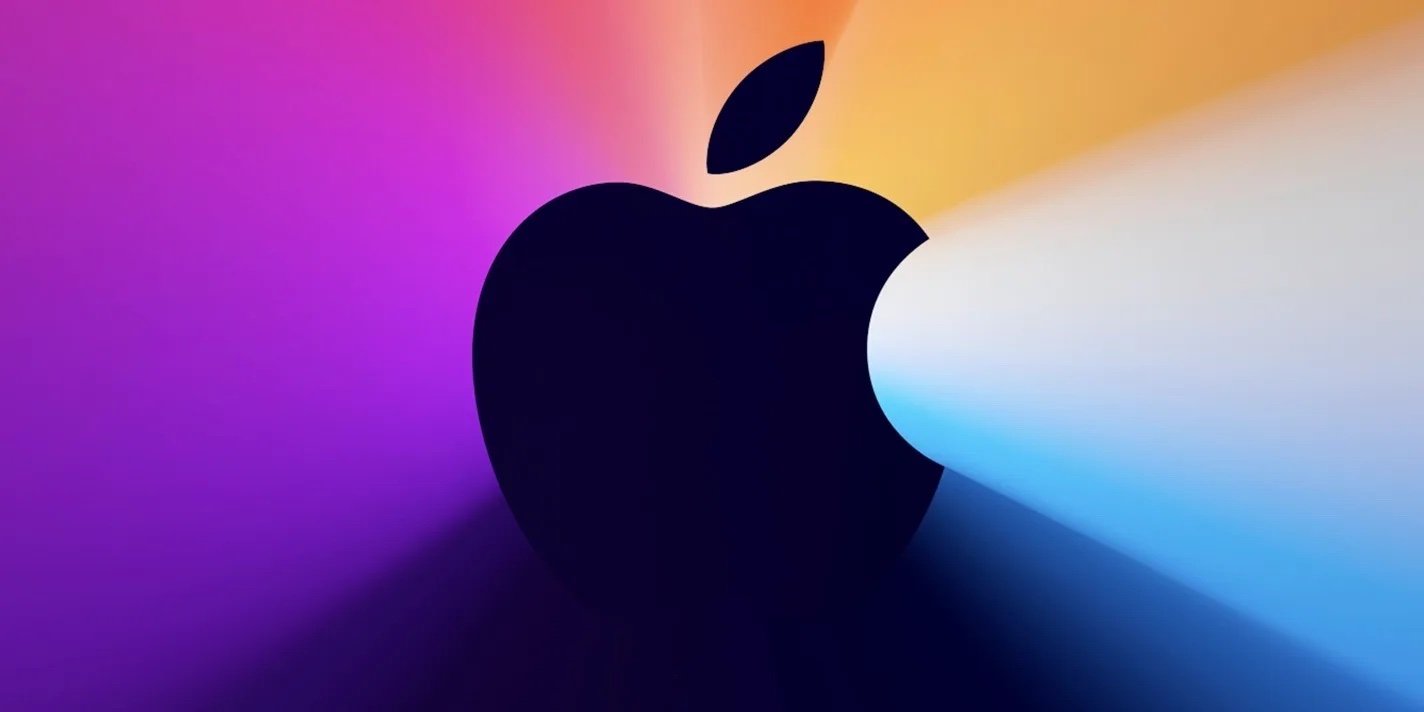
The Positive of Apple’s Forced Standardization
Thanks to regulations from the EU, tech giant Apple is being forced to implement USB-C connectors as standards for a wide range of their devices. Most notably demonstrated by phones and tablets, Apple’s also getting ahead of the 2024 deadline with implementations into new AirPod Pro models. Though some diehard Apple fans are arguing against this idea, both the digital software and hardware spaces have been aided hugely by standardization, where the downsides are often widely overstated.

Software Illustrations
Some of the most widely-appreciated moves towards standardization in software are found in the interactive entertainment space. Consistent design means greater levels of access, as demonstrated by big players like the online casino industry. Here, titles like live casino blackjack now run on HTML 5, instead of the former standard of Flash. Unlike Flash, HTML is standardized and accepted over a huge range of platforms, with transferable features and high performance. On iOS or Windows, desktop or mobile, being available everywhere is important for users and provides convenience and a sense of consistency.
Apple itself has demonstrated a focus on this idea with its emphasis on a highly compatible framework. The ecosystem of Apple’s products is highly related in this regard, at least for those who make it into the garden. For users who are all-in with Apple, communication between devices is simple and streamlined, for both official Apple products and often for broader software like online casino games. The problems appear when trying to step out of bounds and into the broader tech world.
The Hardware Challenge
Connecting Apple devices to other Apple devices can be great, but connecting Apple devices to other systems is rarely easy. To send files to an Android phone from a Windows PC is simple, for example, often just requiring a standard USB-C cable, which most users will have lying around. Trying to send files to an Apple phone is different, as recent experience has taught us. For this a user can need a special proprietary cable, to download iTunes for a system to be recognized, and an Apple account for access, and even then files might not send. Unlike how a casino game might work on an Apple system, a similarly simple file transfer can be a nightmare, and the standardization of hardware aims to address this problem.
Addressing Concerns
The big problems Apple fanatics have with the EU’s ruling is the belief that USB-C speeds won’t hold up, and that these regulations stifle innovation. In terms of speeds, USB-C’s most recent iterations can transfer at up to 20 Gbps. The largest storage drive on an Apple system, the 1 terabyte of the iPhone 14 Pro Max would take less than seven minutes to fill at this speed, which is an unlikely scenario in the first place. As for innovation, this is a case of reinventing the wheel, where the eventual usurper will be wireless rather than another attempt at a cabled solution.

As thousands of Windows users and online casino players experience every day, standardization is important. Apple might not get its way with the EU’s rulings against e-waste, but for most consumers and the environment, these changes are a very positive thing. The only downside will be the Apple users in your family taking your cables to replace the ones they’ve misplaced, so be sure to hide your cords carefully.







